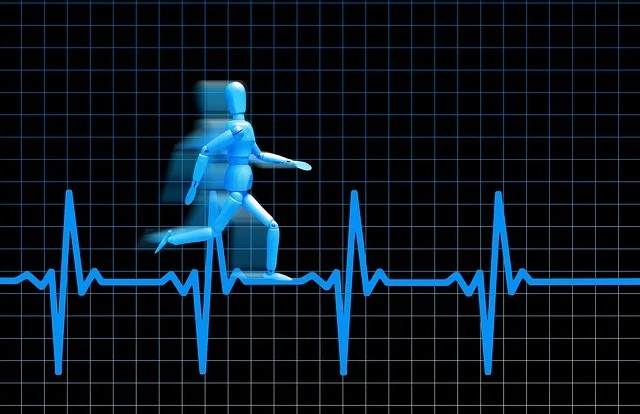Goals
To estimate the relationship between the volume, type, and intensity of physical exercise with all-cause mortality and recurrent vascular events in patients with cardiovascular disease (CVD), and to quantify the extent to which traditional cardiovascular risk factors mediate these relationships.
Methods
In the prospective UCC-SMART cohort (N=8660), associations of clinical endpoints and physical exercise volume (metabolic equivalent of work hours per week, METh/week), type (endurance vs strength + endurance ) and intensity (moderate vs. vigorous) were estimated using multivariable-adjusted Cox models.
The ratio-mediated effect (PME) via body mass index, systolic blood pressure, low-density lipoprotein cholesterol, insulin sensitivity, and systemic inflammation was assessed using structural equation modeling.
Results
Sixty-one percent of patients (73% male, age 61 ± 10 years, >70% receiving lipid-lowering and blood pressure medications) reported no exercise. During a median follow-up of 9.5 years [IQR 5.1-14.0], 2256 deaths and 1828 recurrent vascular events occurred.
The association between exercise volume had an inverse J shape with a nadir of 29 (95% CI 24-29) METh/week, corresponding to an HR 0.56 (95% CI 0.48-0.64) for all-cause mortality and HR 0.63 (95% CI 0.55-0.73) for recurrent vascular events compared to no exercise.
Up to 38% (95% CI 24-61) of the association was mediated by the assessed risk factors of which insulin sensitivity (PME up to 12%, 95% CI 5-25) and systemic inflammation (PME up to 18%, 95%CI 9-37) were the most important.

Conclusion
Regular physical exercise is significantly related to reducing the risks of all-cause mortality and recurrent vascular events in patients with CVD. In this population with high rates of lipid-lowering and blood pressure medication use, the benefits of exercise were primarily mediated by systemic inflammation and insulin resistance.
Final message
|
















